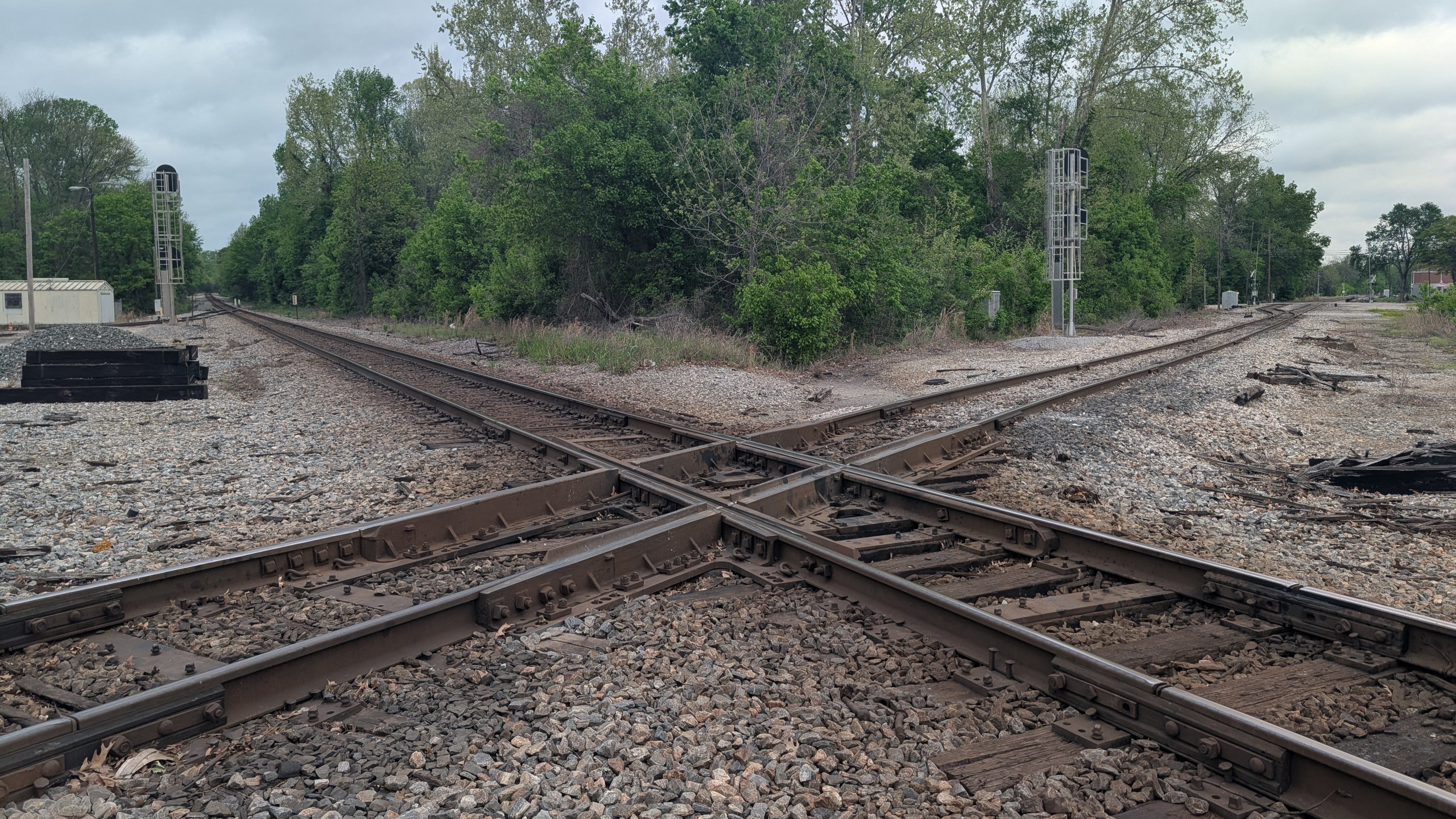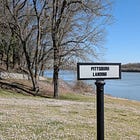Corinth: The Mississippi Crossroads Where The Confederate Cause Was Lost
Third essay in a series interpreting the 1862 Union campaign in the West

“To the policy architects of either side, the intersection of these tracks in Corinth constituted the most strategic three feet of dirt in the entire Western Theater,” historian Steven Nathaniel Dossman writes of the railroad crossroads in the above photo.1 The sleepy Mississippi town at the crossroads “was nothing more than a small hamlet of a mere 2,800 residents and 300 buildings” in hardscrabble land where large slave plantations were few and far between.
“It was not plantation country, and therefore the elected representatives of Tishomingo County voted for cooperation rather than separation at the state succession convention.” Still, after the Confederate army retreated from Shiloh in shattered disarray, Jefferson Davis reportedly considered moving the capital of the south from Richmond, Virginia to remote little Corinth.
Taking command of the Union army just after the battle, Maj. Gen. Henry Halleck saw the two very different cities as the most important strategic points in the entire Confederacy. An educated strategist known to his men as “Old Brains,” Halleck understood that the railroad crossroad at Corinth was the key to defeating the western Confederacy.
“In 1861, because of its railroads, the town became one of the chief centers of troop induction, organization, and supply in the entire western Confederacy,” battlefield curator Timothy Smith writes.2 The Memphis and Charleston Railroad was the only direct rail link between the Mississippi Valley and Chattanooga, Tennessee, from which trains ran to the Eastern Seabord and the Confederate capital at Richmond.
The Vicksburg to Atlanta route was incomplete, with a gap still remaining between Meridian, Mississippi and Selma, Alabama. According to Civil War railroad historian John E. Clark Jr, the loss of Corinth cut off the “most direct route to Chattanooga, 225 rail miles, and forced [Maj. Gen. Braxton Bragg] to send his army by way of Mobile, Alabama, a 776-mile journey,” adding two days to the trip.3 Likewise, the intersecting Mobile and Ohio Railroad was one of only a few north-south rail lines in the entire Confederacy.
Logistics were determinative with such large armies. “Every major battle east of the Mississippi took place within twenty miles of a railroad or navigable river,” Clark writes. A Union raid on Huntsville, Alabama four days after the Battle of Shiloh cut the Memphis and Charleston line.4 Gen. William T. Sherman embarked on Union gunboats the next day in an attempt to destroy the railroad bridge where the line passed over Little Bear Creek in Alabama. Though the mission was foiled by heavy rains, the pressure was on. “We must take Corinth before we can seriously injure his communications,” Halleck wrote.5
Halleck and his Confederate counterpart Maj. Gen. P.G.T. Beauregard were both inclined to caution. Whereas Shiloh had been the bloodiest battle in the history of the United States, taking more lives than all of America’s previous wars put together, the siege of Corinth was about to be a case study in managed risks. Neither commander wanted to risk his command. Just like Shiloh, however, the very terrain of the battlefield itself would defeat the southern cause.
Previously in this series, available to premium subscribers:
Keep reading with a 7-day free trial
Subscribe to Polemology Positions to keep reading this post and get 7 days of free access to the full post archives.



